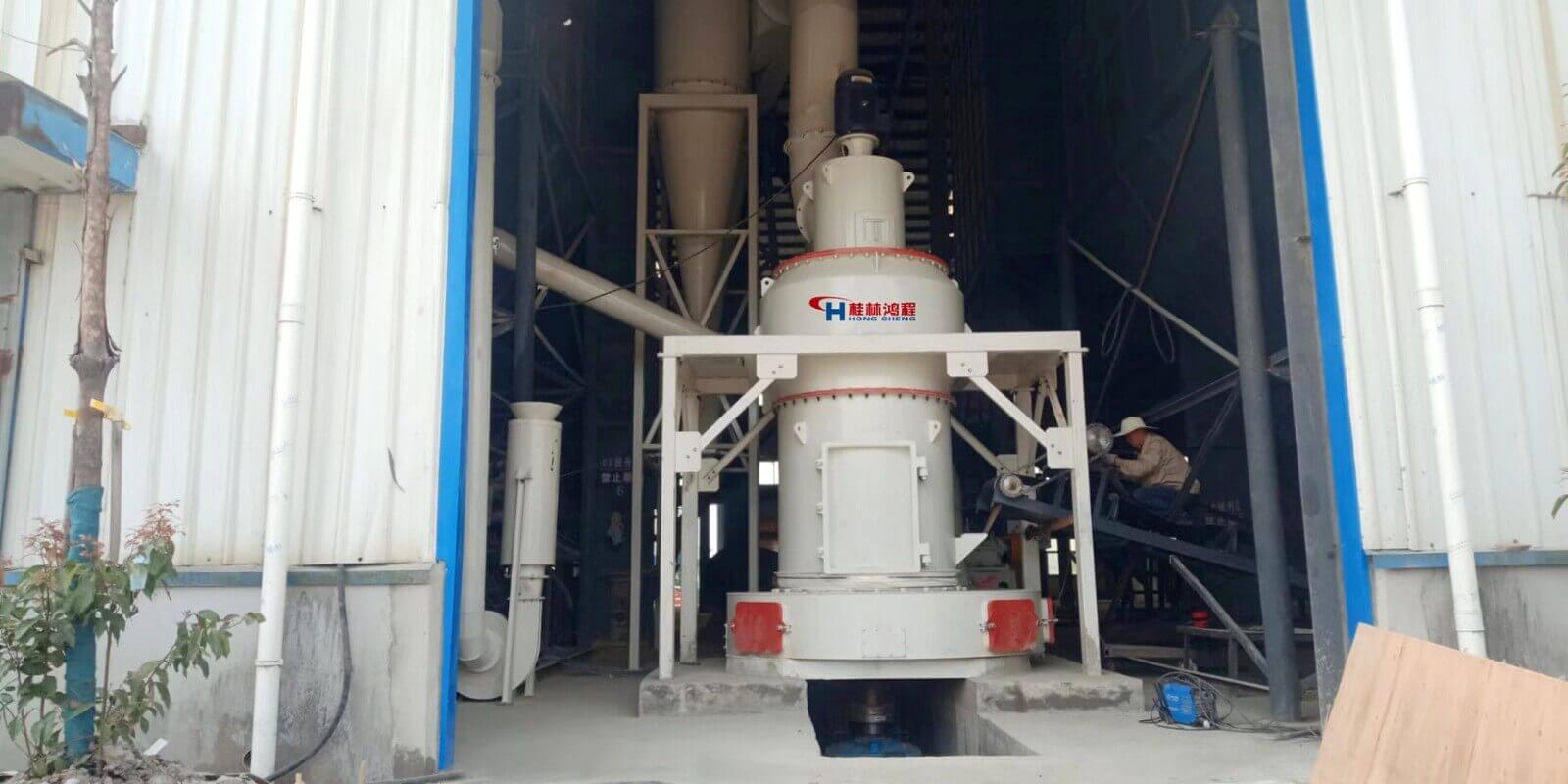How to process attapulgite? Different types of attapulgite clay have great changes in mineral composition, chemical composition, and physical and chemical properties of the clay in the horizontal and vertical directions of the ore body. Their processing and utilization must be mined in layers according to the ore type, processed and utilized separately. In this way, high-quality ores can be prioritized for high value-added products, avoiding the waste of resources, and comprehensive utilization of resources can be achieved. Guilin Hongcheng Attapulgite Grinding Mill Manufacturer, today will introduce to you how to process attapulgite.

Attapulgite Raymond Roller Mill, welcome to leave a message or consult [email protected]
1. High quality attapulgite clay
Raw material characteristics: Attapulgite content is greater than 85%, and the main impurities are micron-sized detrital quartz, feldspar, and a small amount of authigenic opal and dolomite.
Processed products: series of attapulgite nanomaterials and derivative materials.
Key technology: Attapulgite grows in parallel and presents a crystal beam structure. The key is to promote the depolymerization of the crystal beams.
Technical route: wet depolymerization, dispersion, purification, modification, and nanocomposite.
Processing technology: pulping-steam explosion-(solvent heat treatment, acid treatment)-cyclone separation and impurity removal-recycling-modification.
2. Opal attapulgite clay
Raw material characteristics: The main mineral components are attapulgite and opal, the opal content is greater than 35%, and the main impurities are authigenic dolomite and montmorillonite.
Dry beneficiation process: Based on the different hydraulic properties of attapulgite and opal, artificially strengthened alternating moisture weathering, the material is divided into two parts through self-crushing, selective crushing, and screening: attapulgite-rich material and opal-rich material.
3. Dolomite attapulgite clay
Raw material characteristics: Rich in dolomite, attapulgite, a small amount of opal, and the dolomite content is greater than 35%. Dolomite has micron-submicron particle size, has nanopore structure characteristics, and attapulgite and dolomite are mosaic and symbiotic.
Processing method: nanostructured, roasted and activated.
Processed products: series of environmentally friendly materials.
Key technology: Particle size is coupled with thermal activation temperature and time to achieve target phase combination and nanostructure.
4. Montmorillonite attapulgite clay
Raw material characteristics: The main minerals are attapulgite and montmorillonite. The content of attapulgite + montmorillonite is greater than 85%. The structural feature is that the minerals are transformed to form an attapulgite-montmorillonite complex, which has strong water absorption and expansion.
Processed products: adsorbent and binder series products.
Key technology: Enhance weathering and hydration, and use differential roller shearing and extrusion to promote the depolymerization of the composite, improve the dispersion of the composite, and achieve the formation of a card-room nanostructure between attapulgite rods and montmorillonite layers.
How to process attapulgite? Guilin Hongcheng attapulgite grinding mill is an important equipment for attapulgite processing technology, and can process 80-2500 mesh attapulgite powder. If you have attapulgite processing needs and need to purchase an attapulgite grinding machine, please leave us a message to learn more about the equipment.